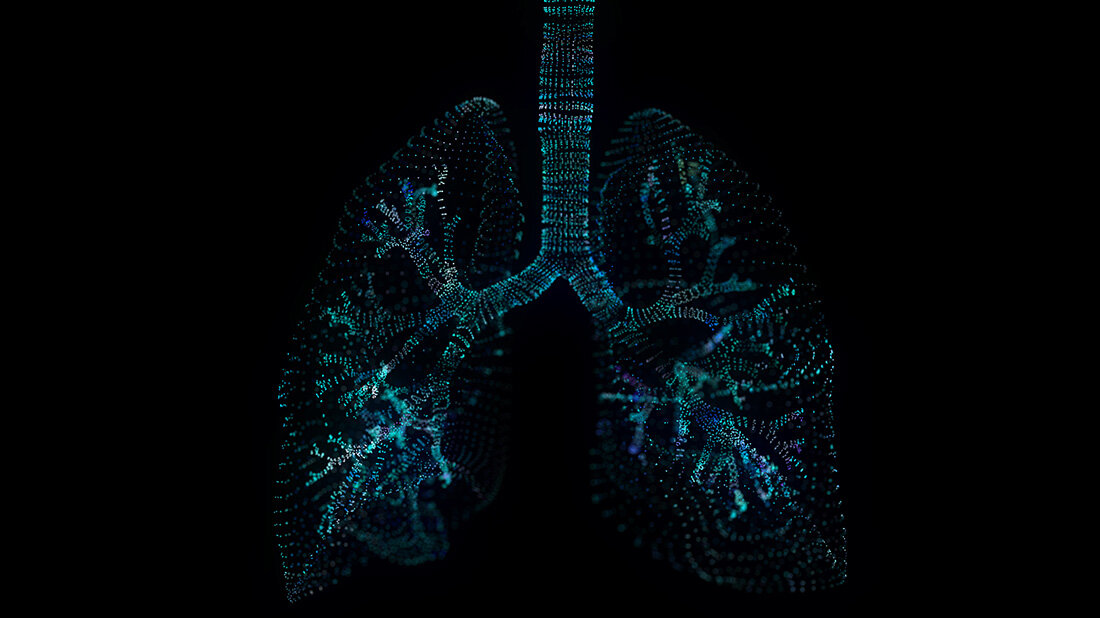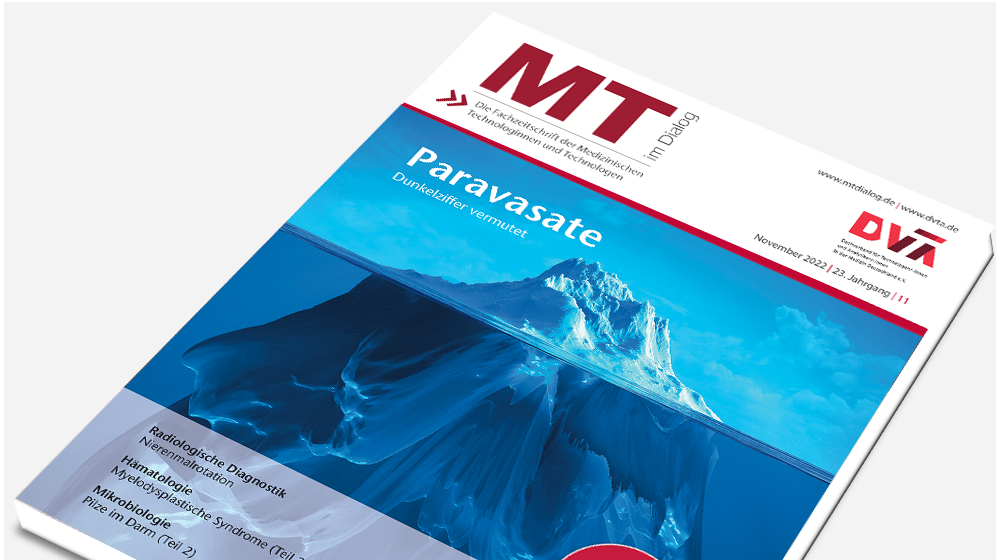Neue Empfehlung zur Lungenfunktionsdiagnostik (Teil 1)
Zusammenfassung
2024 erfolgte die Veröffentlichung aktualisierter Empfehlungen zur Interpretation von Lungenfunktionswerten verschiedener Messverfahren und damit die Einführung neuer Normwerte gemeinsam durch die DGP, DAL, DLS und DGAUM. Grundlage dafür ist die bereits 2012 veröffentlichte Arbeit einer internationalen ERS-Task Force: Gobal Lung Initiative (GLI 2012). Darauf basierende Empfehlungen der Europäischen Fachgesellschaft (ERS = European Respiratory Society) in Zusammenarbeit mit der amerikanischen Fachgesellschaft (ATS = American Thoracic Society), 2022 publiziert, wurden ebenfalls eingearbeitet und mit neuen Interpretationen und Referenzwerten für forcierte Spirometrie, Bodyplethysmografie, Diffusionskapazität und den Bronchodilatationstest sowie Atemmuskelfunktionsmessung und Forcierte Oszillometrie/Impulsoszillometrie veröffentlicht. Zum Jahreskongress der Deutschen Gesellschaft für Pneumologie und Beatmungsmedizin (DGP) 2024 wurden die aktualisierten Empfehlungen zur Lungenfunktion vorgestellt. Mit folgendem Artikel wird versucht, diese überarbeiteten Empfehlungen im Überblick zusammenzufassen. Insbesondere MTF in der Pneumologischen Funktionsdiagnostik sind in der Diagnostik von Atemwegserkrankungen tätig und entscheiden, anhand der Fragestellung und bei einer vorliegenden Abweichung von Referenzwerten, über weiterführende Untersuchungen, also Diffusionskapazität, Bronchodilatationstest oder Provokationstestung. In Kombination mit der forcierten Spirometrie erlaubt die Ganzkörperplethysmografie (GKP) eine umfassende und differenzierte Untersuchung der Atmungsmechanik während der Ruheatmung und bei forcierten Manövern zur Beurteilung von Atemwegserkrankungen. Im Gegensatz zur alleinigen Spirometrie ermöglicht die GKP eine sichere Unterscheidung zwischen obstruktiver und restriktiver Ventilationsstörung beziehungsweise ob eine Kombination aus beiden vorliegt. Ebenso sind Trendbeobachtungen unter Therapie möglich. Auf Atemmuskelfunktionsmessung und Forcierte Oszillometrie/ Impulsoszillometrie, als mögliche andere Untersuchungsmöglichkeiten, wird im Artikel nicht eingegangen. Diese sind komplett in den aktualisierten Empfehlungen der DGP zur Lungenfunktion erläutert und sind in der Zeitschrift „Atemwegs- und Lungenkrankheiten, Jahrgang 50 (2024) März (111–84)“, veröffentlicht, wo sie als PDF kostenlos abrufbar sind.
Schlüsselwörter: Ganzkörperplethysmografie, forcierte Spirometrie, Referenzwerte, Z-Score, Bronchodilatation, Reversibilitätstest, bronchiale Provokationstests, Diffusionskapazität, CO, Single-Breath
Abstract
In 2024, updated recommendations for the interpretation of lung function values from various measurement methods were published, thus introducing new reference values jointly by the DGP, DAL, DLS, and DGAUM. This is based on the work of an international ERS task force published in 2012: Global Lung Initiative (GLI 2012). Based on these recommendations, published in 2022 by the European Respiratory Society (ERS) in collaboration with the American Thoracic Society (ATS), were also incorporated and published with new interpretations and reference values for forced spirometry, body plethysmography, diffusion capacity, and the bronchodilation test, as well as respiratory muscle function measurements and forced oscillometry/impulse oscillometry. The updated recommendations on lung function were presented at the 2024 Annual Congress of the German Society for Pneumology and Respiratory Medicine (DGP). The following article attempts to provide an overview of these revised recommendations. MTF in pulmonary functional diagnostics, in particular, are involved in the diagnosis of respiratory diseases and, based on the specific issue and any deviation from reference values, decide on further examinations, such as diffusion capacity, bronchodilation testing, or provocation testing. In combination with forced spirometry, whole-body plethysmography allows a comprehensive and differentiated examination of respiratory mechanics during rest breathing and during forced maneuvers to assess respiratory diseases. In contrast to spirometry alone, whole-body plethysmography enables a reliable distinction between obstructive and restrictive ventilation disorders, or whether a combination of both is present. Trend observations during therapy are also possible. Respiratory muscle function testing and forced oscillometry/impulse oscillometry, as other possible examination options, are not discussed in this article. These are fully explained in the updated DGP recommendations on lung function and are published in the journal „Respiratory and Lung Diseases, Volume 50 (2024) March (111–184), where they are available free of charge as a PDF (see QR code).
Keywords: whole body plethysmography, forced spirometry, reference equations, z-score, bronchodilatator response, reversibility test, bronchial challenge testing, diffusion capacity, CO, single-breath
DOI: 10.53180/MTIMDIALOG.2025.0448
Entnommen aus MT im Dialog 07/2025
Dann nutzen Sie jetzt unser Probe-Abonnement mit 3 Ausgaben zum Kennenlernpreis von € 19,90.
Jetzt Abonnent werden

